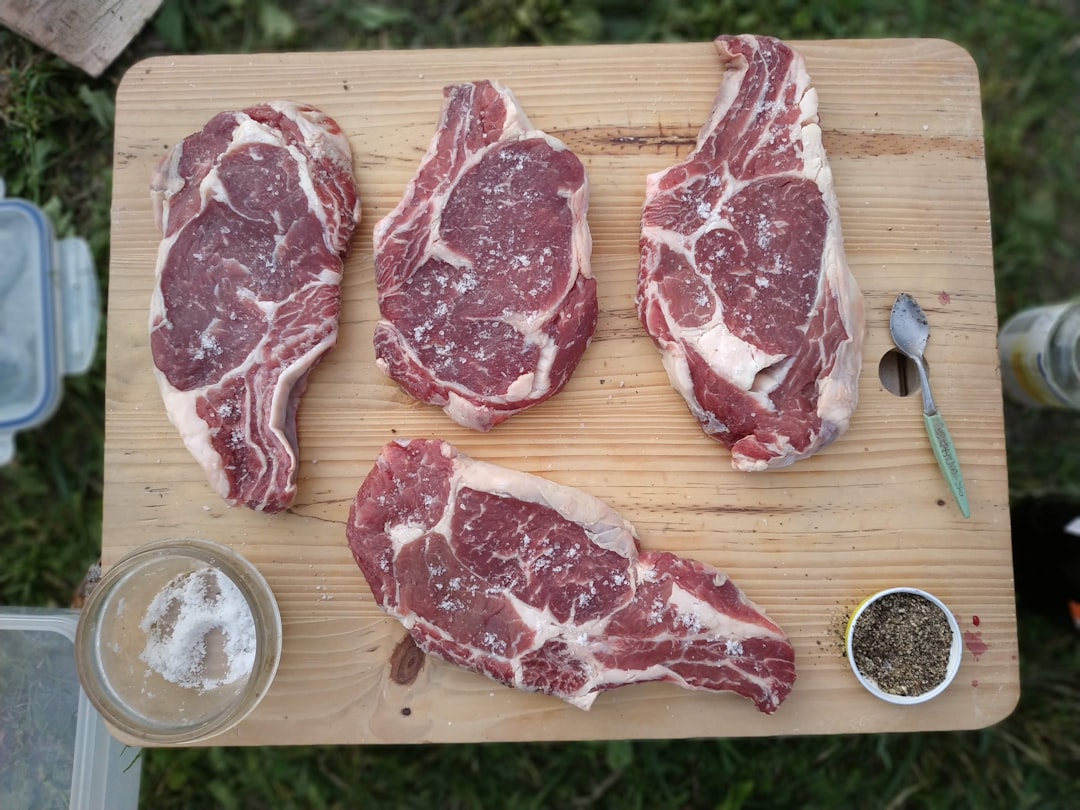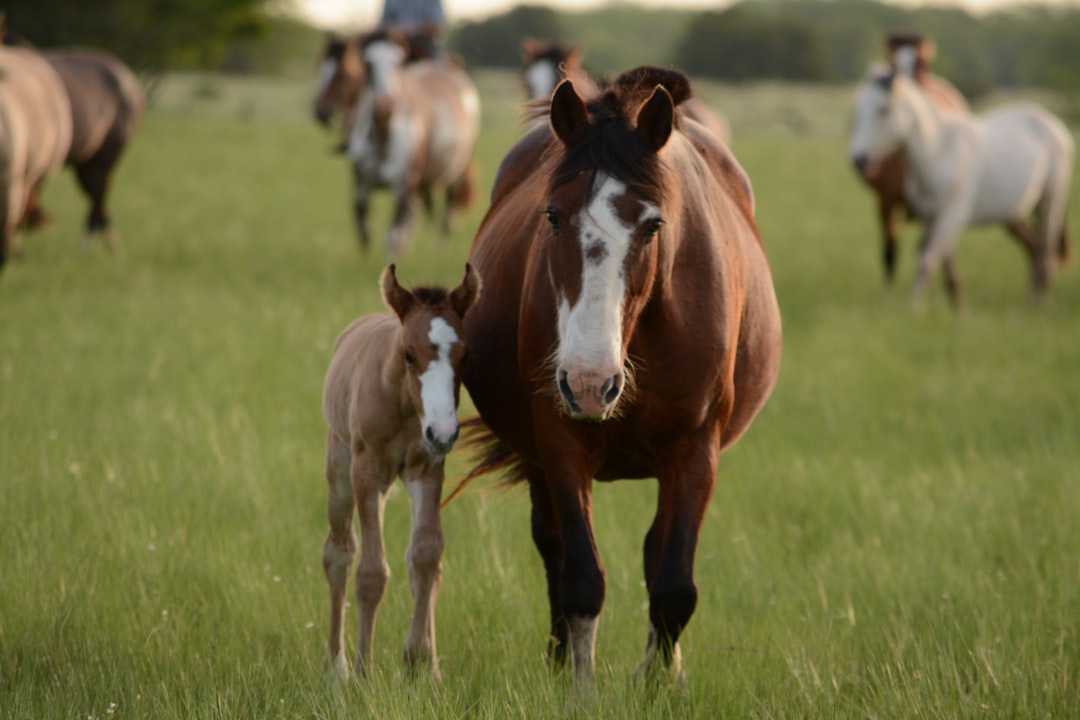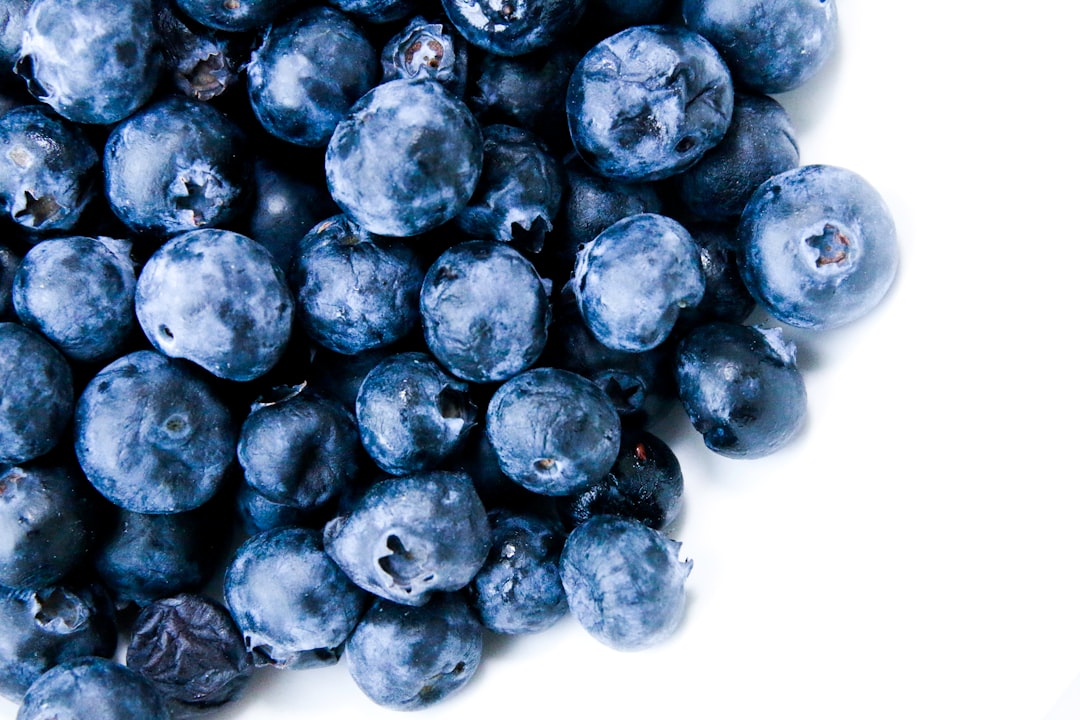What is it about?
Like other chick quality parameters, hatchling length is an easy and repeatable quality evaluation parameter for newly hatched chicks. This important trait has a positive correlation with the size of the egg and the chick's weight. The hatchling length is the best indicator of pre-incubation and incubation conditions and for the rate of absorption of yolk after hatching in the body cavity of the chick. Chicks with large lengths have heavier heart weights, liver weights and bursa of Fabricius at hatch. The length at hatch can be measured from the crown to toe and it can be improved by maintaining embryo temperature until internal pipping, proper egg storage conditions, maximum turning of eggs, maintaining the minimum egg weight losses at the 18th day of embryonic development, maintaining ample O2 supply and removal of CO2 through gas exchange programs, improved shell quality and better health of the breeder flock . The yolk does not play any role in the bird's future growth but it can create many disease problems in the bird's life. A bigger, day-old chick has a large residual yolk and a small yolk-free body mass. This characteristic does not play any role in the development and growth during the incubation and post incubation processes. In conclusion, hatchling length offers a fast, repeatable, and non-destructive method to evaluate chick quality.
Featured Image
Why is it important?
Hatchling length is a good tool for predicting the growth potential of meat type chickens. Hatchling length has a positive correlation with broiler performance at six weeks of age, substantially higher than the correlation between day old body weight and broiler performance. Chicks with longer hatchling length have better feed efficiency and survival rates as compared to smaller chicks. The measurement of uniformity of chick length at hatching is more reliable than body weight because it gives a positive correlation with body weight and is an important tool in predicting the exact growth performance of broilers.
Perspectives
Hatchling length is an important economic trait to predict chick development because it is positively related to yolk-free body mass at hatch and it is found to be beneficial to subsequent performance. Hatchling length is a fast, repeatable and non-destructive method to evaluate chick quality. The authors recommend that hatchling length be used in a Standard Operating Procedure to evaluate chick quality on a regular basis for better poultry production. Routine hatchling length evaluation is an important tool to monitor chick quality and the results of the incubation process. Generally, ongoing hatchling length evaluation ensures that chicks consistently have potential for optimum future performance. Genetic selection may also be used to improve hatchling length.
Sohail Hassan Khan
Read the Original
This page is a summary of: Hatchling length is a potential chick quality parameter in meat type chickens, World s Poultry Science Journal, December 2013, Taylor & Francis,
DOI: 10.1017/s0043933913000883.
You can read the full text:
Contributors
The following have contributed to this page










